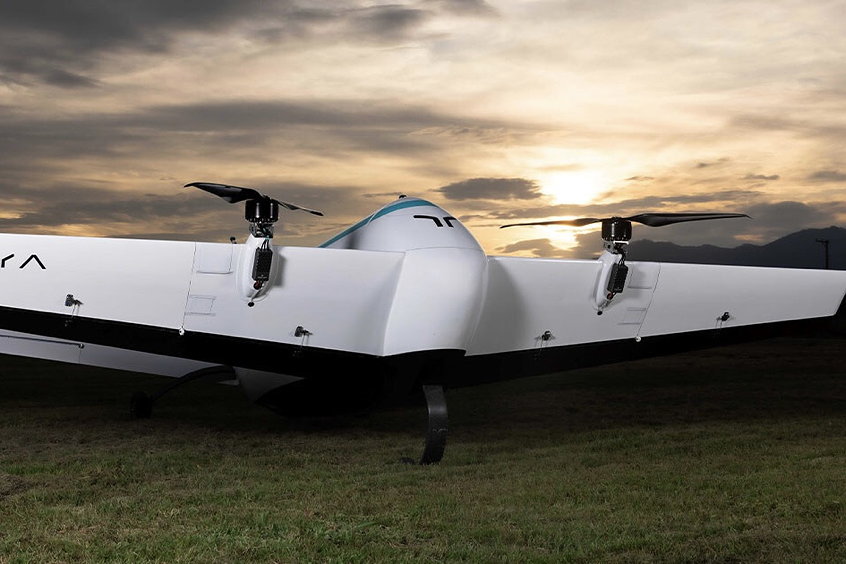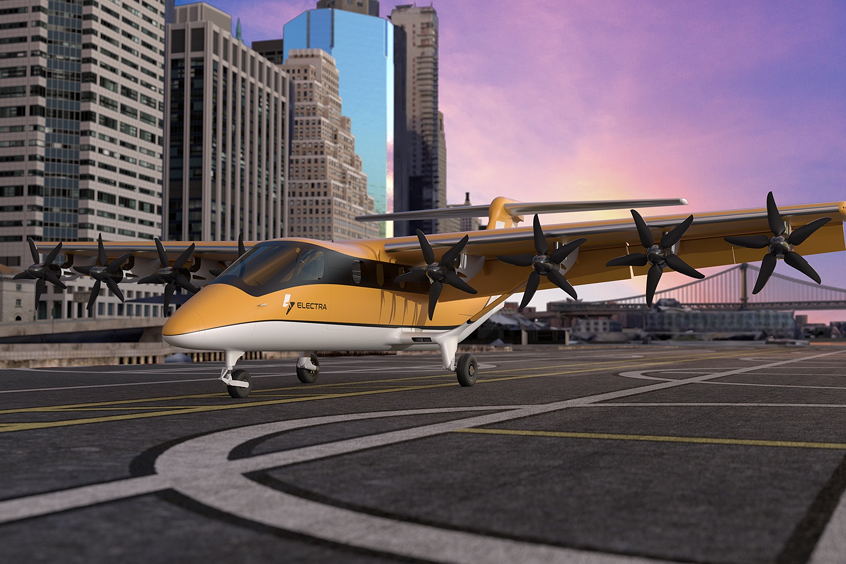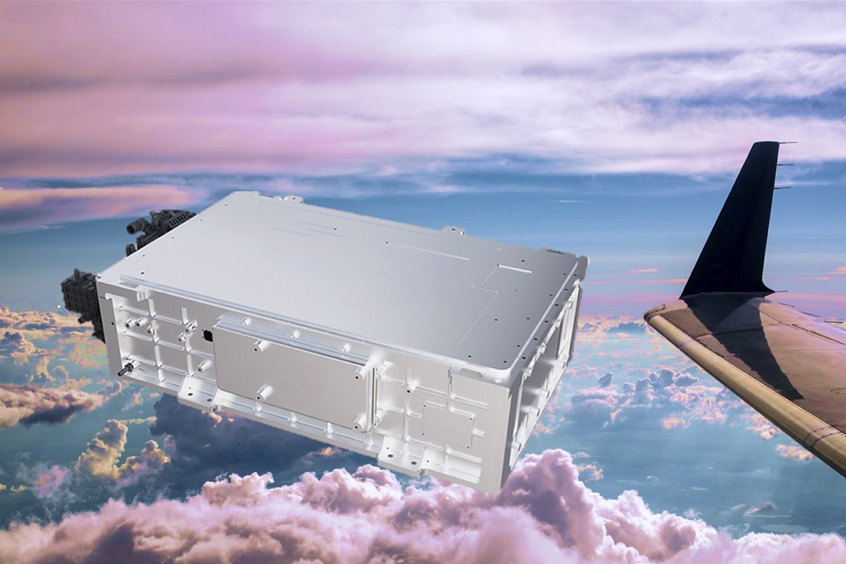Fresh off the inaugural flight of the S-76D™ helicopter on Feb. 7, Sikorsky Aircraft Corp. today celebrated its success in achieving first flights on eight distinct helicopter programs over the course of 16 months – seven of the first flights within a seven-month period – and focused on moving its innovative programs forward in 2009. Sikorsky is a subsidiary of United Technologies Corp. (NYSE:UTX).
Since the Dec. 20, 2007 first flight of the H-92™ Fly-by-Wire helicopter, Sikorsky has conducted successful first flights of the CH-148 Fly-by-Wire variant of the H-92 helicopter, the X2 Technology™ demonstrator, the International S-70B™ helicopter, the UH-60M Upgrade, the Armed BLACK HAWK™ helicopter, the S-434™ helicopter, and most recently, the S-76D helicopter.
"It has been a remarkable time of innovation and flight success for Sikorsky, and we are extremely proud of what has been accomplished," said Kevin Bredenbeck, Director of Test & Evaluation and Chief Test Pilot for the X2 Technology demonstrator program. "Sikorsky has literally taken its commitment to innovation to new heights, and we look forward to achieving new milestones in each of these fine programs."
The S-76D helicopter is the latest version of the S-76® helicopter. It made its first flight on Feb. 7, 2009, moving that program into its next phase of testing its enhanced useful load and extended range performance over the S-76C+™ and S-76C++™ aircraft currently fielded. Among the S-76D helicopter's features are all-composite, flaw-tolerant main rotor blades; an advanced Thales avionics system and autopilot; dual speed rotor with active vibration control; powerful Pratt & Whitney Canada 210S engines; a quiet mode for enhanced public acceptance; and an optional Rotor Ice Protection System (RIPS) for all-weather capability.
The X2 Technology demonstrator completed its first flight on Aug. 27, 2008, and recently achieved another milestone with its successful ground run test using the fly-by-wire pitch control system with the rotating, high-speed pusher propeller for the first time. The X2 Technology Program has four test phases, ultimately working up to achieve 250 knots at the completion of Phase IV by the end of 2009.
The X2 TECHNOLOGY demonstrator combines an integrated suite of technologies intended to advance the state-of-the-art, counter-rotating coaxial rotor helicopter. It is designed to demonstrate a helicopter can cruise comfortably at 250 knots, while retaining such desirable helicopter attributes as excellent low speed handling, efficient hovering and autorotation safety, and a seamless and simple transition to high speed.
Four of the aircraft that comprised Sikorsky's historic run of first flights featured Fly-by-Wire technology (FBW) designed to significantly improve aircraft maneuverability, safety and effectiveness. The system electronically links the controls inside the cockpit with the exterior actuators, the movement of which enable the aircraft to maneuver where and how the pilot intends. Eliminating the traditional mechanical linkage saves weight, reduces maintenance costs, adds capability and improves performance.
The first H-92 helicopter to feature FBW technology completed its first flight on Dec. 20, 2007. The milestone flight ushered in a new era for the H-92 product line and is the first of a new generation of helicopters designed to new and more demanding standards of safety and reliability.
Also featuring FBW technology is the UH-60M Upgrade helicopter, the newest model of the BLACK HAWK helicopter, which took its first flight on Aug. 29, 2008 In addition to the FBW flight control system that incorporates "active stick" technology and dual channel-triple redundant flight control computers, other technologies the UH-60M Upgrade BLACK HAWK helicopter employs are a glass cockpit, which incorporates the Common Avionics Architecture System (CAAS) and Full Authority Digital Engine Control (FADEC).
The S-434 helicopter is the next iteration of the model 333™ helicopter, incorporating many of the design and performance technologies developed on the Fire Scout™ VTUAV (Vertical Take Off and Landing Tactical Unmanned Aerial Vehicle). It has a four-bladed rotor system, increased power and a larger fuel tank, giving it the ability to fly farther and faster while having a larger useful load than its predecessor. The S-434 helicopter flew for the first time on Dec. 18, 2008.
The International S-70B helicopter achieved its first flight on Aug. 28, 2008, while the Armed BLACK HAWK (ABH) helicopter flew its maiden flight on Sept. 9, 2008. This successful flight test supports the concept that a utility aircraft can serve as a platform for an attack helicopter. This aircraft will provide additional firepower and mission flexibility while building upon the combat-proven heritage of the world's most successful medium-lift utility rotorcraft.
The Canadian Maritime Helicopter Program's H-92 helicopter flew on Nov. 15, 2008, for the first time. The aircraft, a CH-148 Cyclone, is a derivative of the S-92® commercial helicopter fielded by Sikorsky, and is intended for missions including anti-submarine and anti-surface warfare, search-and-rescue, and troop and cargo transport. The aircraft has FBW flight controls, automatic blade and tail fold, anti-icing and a deck recovery assist system.
| Contact details from our directory: | |
| Thales AVS France | Inertial Components & Systems, GPS, Head-Up Displays, LCD Displays, AC/DC Generators, Inflight Entertainment, Avionics Management Systems, Flight Management Systems, Onboard Computers, Radar/Radio Altimeters, Electronic Flight Instrument Systems, Automatic Flight Control Systems, Electronic Control Equipment, Onboard Airport Navigation Systems, FLIR Systems, Tacan Receivers, Multi-Mode Receivers (MMR), Pitot Tubes, Collision Avoidance Systems/TCAS, Control Panels, Radar Transponders, Angle of Attack Indicators, Emergency Locator Transmitters, Autopilots, Cockpit Printers, Helmet-Mounted Displays (HMD), Transceivers, Air Data Computers, Radio Communications Equipment, IFF Interrogators, Airborne Communication Systems, Frequency Converters, Control Transformers, Starters, Surveillance/Air Defense Radar, Communication Antennas, Navigation Antennas |
| Pratt & Whitney Canada | Turboshaft Engines, Electric Motors, Turboprop Engines, Auxiliary Power Units, Turbofan Engines, Compressors, Engine Parts, Piston Engines |
| Sikorsky, a Lockheed Martin company | Airframer |
| Related aircraft programs: |
| Sikorsky S-97 Raider |
| Sikorsky S-92 Superhawk |
| Sikorsky S-76 |
| Sikorsky S-70B SeaHawk |
| Sikorsky S-70A Black Hawk |
| Related directory sectors: |
| Flight and Data Management |
| Engines |
Weekly news by email:
See the latest Bulletin, and sign up free‑of‑charge for future editions.

Altair collaborates with aerospace startup Moya Aero to develop eVTOLs

Electra reveals design for EL9 hybrid-electric aircraft
Piper Aircraft achieves AS9100 certification
